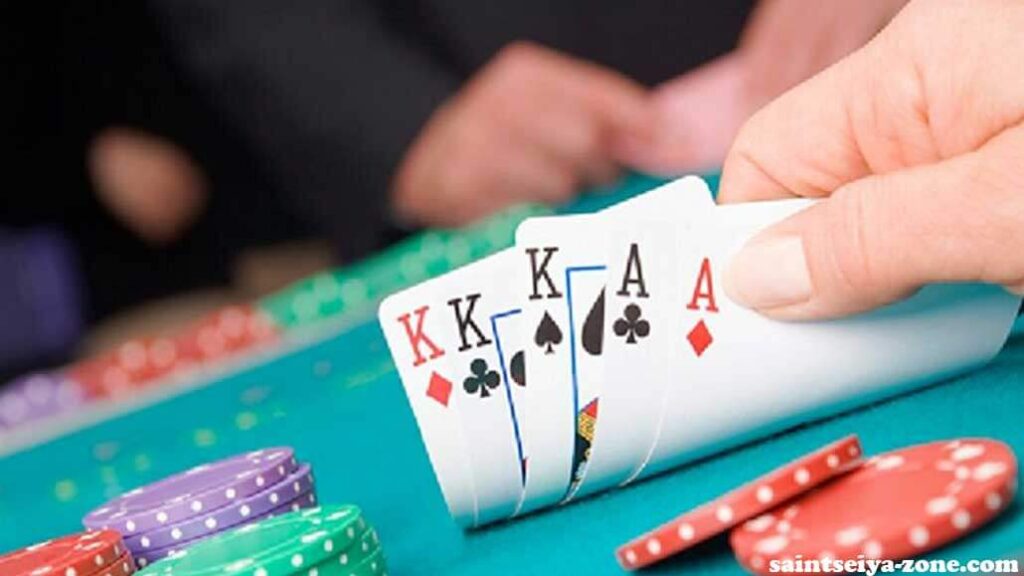The Highs and Lows of Gambling Gambling is a popular pastime for many individuals around the world. Whether it’s placing a bet on your favorite sports team

or trying your luck at a casino, the allure of the potential rewards can be exciting. However, gambling also comes with its fair share of risks and can lead to addiction. In this article, we will delve into the world of gambling, exploring its highs and lows while providing an inside look at risk-taking behavior, the rewards that come with it, and how addiction can take hold.
Gambling has been around for centuries and has evolved into various forms over time. From ancient civilizations participating in games of chance to modern-day online casinos accessible from anywhere in the world, gambling has become deeply ingrained in society. While some
individuals view it as harmless entertainment or an opportunity to win big money, others may struggle with addictive tendencies that can have serious consequences In this article, we aim to provide readers with valuable insights into both sides of gambling – its allure and potential pitfalls. By understanding these aspects more comprehensively, readers will be able to make informed decisions about their involvement in gambling activities
The Highs and Lows of Gambling The Thrill of Risk-Taking
Humans are wired to seek out novelty and engage in thrilling experiences. This innate desire for excitement often leads individuals towards risk-taking behaviors such as gambling. The thrill associated with taking risks releases dopamine in our brains – a neurotransmitter responsible for feelings of pleasure and reward
According to research conducted by Dr. Luke Clark from Cambridge University’s Department of Psychology[^1^], when gamblers experience near misses or unpredictable outcomes (common occurrences during gambling), their brain activity increases significantly compared to non-gamblers[^2^]. This heightened level of brain activity reinforces the excitement associated with taking risks and can lead to the debsivelja.com




